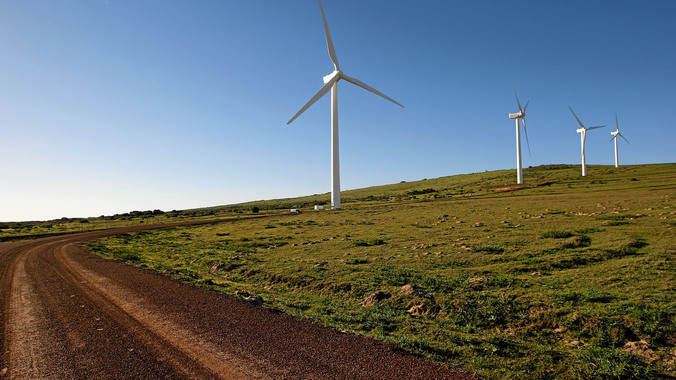By: Josh Klemm, Policy Director
Earlier this month, the DRC government seemed to acknowledge what we have long argued: The proposed Inga 3 Dam, touted for decades as a fix-all to the country’s energy woes, is not a good investment. By calling on developers to radically alter the design of Inga 3, the DRC’s minister in charge of the project has sent it back to the drawing board after the project failed to attract financing.
Sadly, we’ve been down this path before. Inga 3 was first launched to much fanfare back in 2004, when DRC’s Southern African neighbors signed up to buy Inga 3’s power. The DRC reneged on that deal, and then offered the project to BHP Billiton, until that deal too to fell apart.
Since its most recent resurrection in 2010, Inga 3 has faced stumbling blocks at every turn – stymied by investors wary of the project’s enormous $14 billion price tag with little chance of recouping a profit; by the World Bank, who’d given potential financiers some measure of comfort until it canceled its involvement over political interference; and by the ongoing political crisis over President Kabila, who’s overstaying his term and shows no signs of leaving office.
But perhaps most fundamentally, the project’s economics just don’t add up. Our recently published report, “In Debt and In The Dark,” showed that Inga 3 would in all likelihood seriously drain the government coffers while the Congolese people, ranked near the bottom globally in electricity access, would see scarcely a kilowatt of the power Inga generates. Instead, Congo’s citizens would be left to foot the bill while South Africa would receive the bulk of Inga’s power. Desperately-needed economic development would remain out of reach.
By all indications, this latest setback will further prolong the slow demise of one of Africa’s greatest white elephants. But rather than acknowledge Inga 3’s considerable problems, the DRC is literally doubling down on this folly by announcing it will revise Inga 3’s design. It has ordered potential developers to more than double its size, and has asked two rival sets of companies from Europe and China who competed to develop Inga 3 to come together and submit a joint proposal.The 100 MW Sere Wind Farm in South Africa. Competitive auctions in South Africa have yielded some of the world’s lowest prices for grid-connected wind, at US 4.7 cents per kWh
The good news is that DRC has an enormous renewable energy potential that can provide stable, affordable power to industry and help lift its citizens out of poverty. Our forthcoming report will show that DRC’s abundant wind and solar potential can feed the grid and power the mining industry and Kinshasa more cheaply than Inga 3, and potentially much more quickly.
The DRC desperately needs electricity to develop, but it would be better served to catalyze investment in reliable, quicker-to-deploy technologies than the white elephants of a bygone era.The prospects for this latest conception of Inga are not any more promising than the last. If the country has struggled to attract financing for this risky project at its current size, how can it expect investors to embrace all the risks with an even larger price tag?
Featured: The 100 MW Sere Wind Farm in South Africa. Competitive auctions in South Africa have yielded some of the world’s lowest prices for grid-connected wind, at US 4.7 cents per kWh

